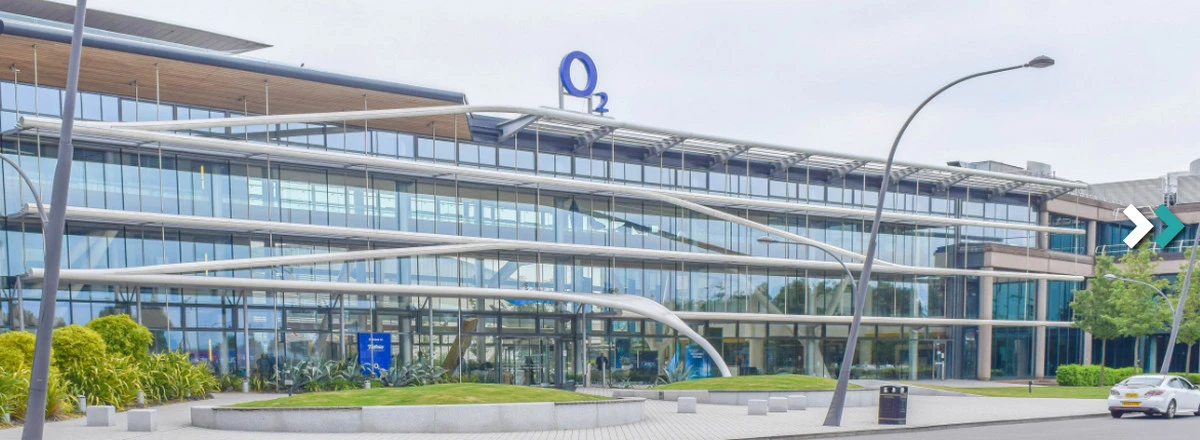O2’s 5G network is now live in areas of 60 towns and cities across the UK, beating its original target. The milestone comes at the same time that O2 reaches 10,000 sites for its first-to-market LTE-M (Long Term Evolution, category M1) network, which will power IoT devices and further help business productivity.
O2 customers with 5G-enabled devices will be able enjoy the benefits of fifth generation connectivity in areas of Aberdeen, Brighton and Oxford, as well as a number of other regions across the country. Those wanting to know where they can access 5G can visit O2’s updated coverage checker to get the latest information.
O2’s 5G network continues to have no premium, and includes its ‘Limitless’ tariff, offering consumers unlimited data browsing, as well as its existing custom plans, which will ensure customers have the flexibility to take advantage of 5G on their terms.
Leading IoT technology with LTE-M
The news comes as O2 reaches a significant moment in the rollout of its LTE-M network – the connectivity that enables the ‘Internet of Things’ and will lay the foundation for Britain’s smart cities, businesses and homes.
Approximately 10,000 LTE-M sites are now live across the east of the country, allowing customers and businesses to make the most of next-gen IoT technologies in their day to day lives. The new network will cover 57% of premises and 58% of the population and will allow billions of devices to be connected to the internet to collect and share data.
For customers, IoT will make the world smarter and unlock new ways to live and work more efficiently and sustainably. At home, your fridge can remind you to eat something before it goes out of date and reduce wastage. Or IoT-based smart meters can provide consumers with added value services like direct information on energy consumption and offer access to flexible tariffs.
Businesses can use asset tracking to monitor where things are in its warehouses so you have the right products in the right place at the right time. For example:
- In Utilities, sensors that monitor infrastructure to improve industry efficiencies, like gas and water meters (including smart meter tracking and pipeline monitoring), or micro generation (monitoring the status of wind, solar or thermal generation equipment with sensors).
- In Logistics, for mobile asset tracking, allowing IoT devices to run without mains power, or regular recharging. For example, tracking the location and status of industrial assets, such as materials, vehicles or containers.
- In Industry / Manufacturing, where using IoT devices can improve the safety and efficiency of industrial production, like industrial tank process/safety (monitoring petrochemical and waste storage, hazardous fluid tanks, or high RF interference environments).
And connected ‘Smart Cities’ will help reduce frustrations – car park sensors will show people where there’s a free space to park, and smart street lights can be managed remotely to dim lights when no one is around, cutting costs and improving quality of life for residents.
Brendan O’Reilly, Chief Technology Officer at O2 said:
“O2 is at the forefront of connectivity which is now one of the UK’s most valued services. Our customer-centric networks, underpinned by 5G and LTE-M technologies, will help power this country into recovery as we look to rebuild Britain. As the UK faces an uncertain year ahead, it’s vital we continue to invest in new innovations and technologies to keep Britain mobile and connected.
“I believe technologies like 5G and LTE-M are going to revolutionise the way people and businesses use mobile connectivity, unlocking huge possibilities for our economy and society. We’re excited to be getting this next generation tech into the hands of more of our customers, with tariffs that are flexible and affordable.”



